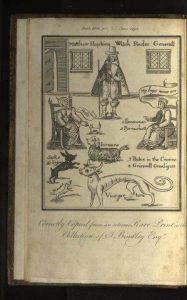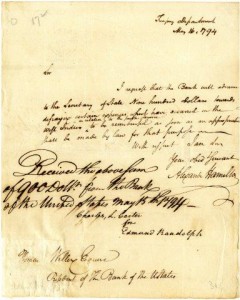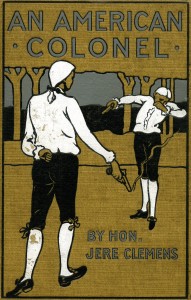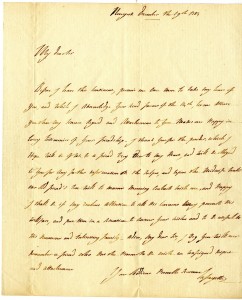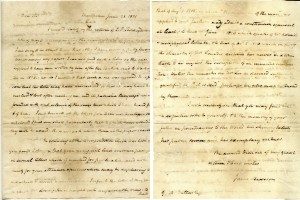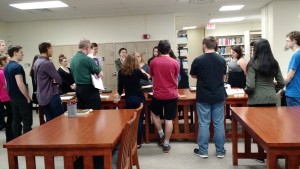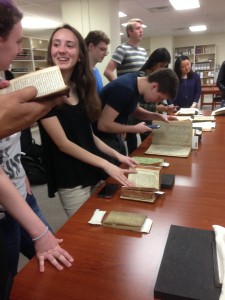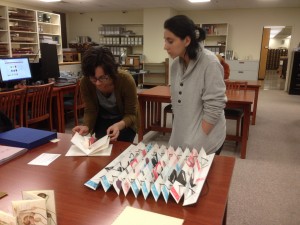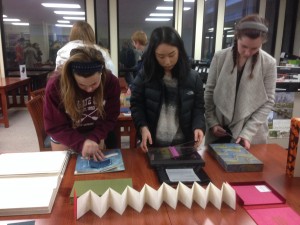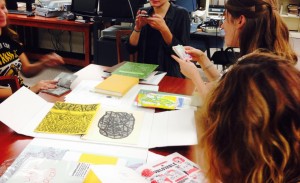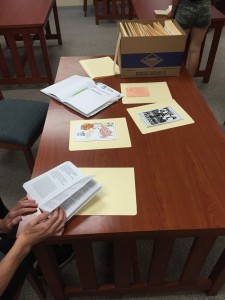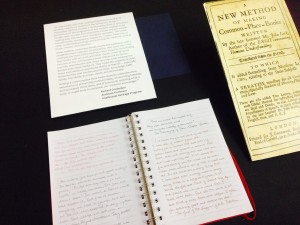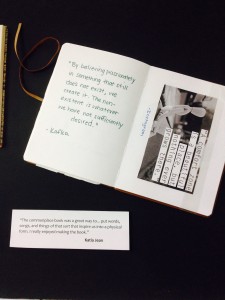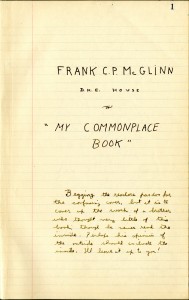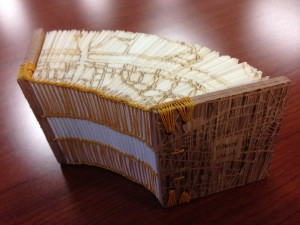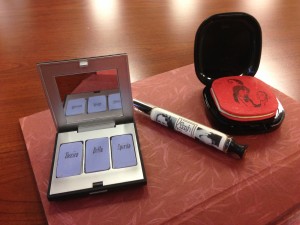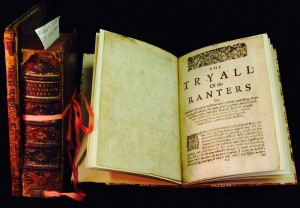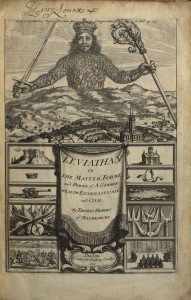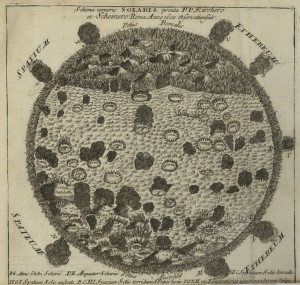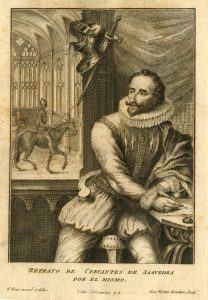
This year, 2016, marks the 400th anniversary of Spanish writer Miguel de Cervantes’s death, and worldwide celebrations of his life and work abound. On Monday, September 26, 2016, at noon in Paley Library Lecture Hall, Temple University Libraries’ is co-sponsoring a lecture by William Egginton, the Andrew W. Mellon Professor in the Humanities at Johns Hopkins University, with Temple’s Department of Spanish and Portuguese. Dr. Egginton will be speaking about Miguel de Cervantes and how his Don Quixote radically changed the nature of literature and created a new way of viewing the world. Egginton recently published The Man Who Invented Fiction: How Cervantes Ushered in the Modern World. (New York, NY: Bloomsbury, 2016).
To quote from the publisher’s description of Egginton’s book: “… Don Quixote went on to sell more copies than any other book beside the Bible, making its author, Miguel de Cervantes, the single most-read author in human history. Cervantes did more than just publish a bestseller…. He invented a way of writing. This book is about how Cervantes came to create what we now call fiction, and how fiction changed the world. The Man Who Invented Fiction explores Cervantes’s life and the world he lived in, showing how his influences converged in his work, and how his work–especially Don Quixote–radically changed the nature of literature and created a new way of viewing the world. Finally, it explains how that worldview went on to infiltrate art, politics, and science, and how the world today would be unimaginable without it.”
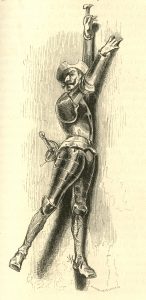
This semester the Libraries’ is also featuring a mini-exhibit of illustrated editions of Cervantes’s works, published between the 17th and 20th centuries, held by the Special Collections Research Center. This exhibit, on Paley Library’s mezzanine, includes a true gem in the printing history of Don Quixote, the first edition of the work published in England in Spanish. This London edition, printed by J. and R. Tonson in 1738, features over sixty copperplate engravings and includes the first known portrait of Cervantes, based on the author’s own self-description. Other highlights include a 19th century edition with the dramatic depictions of the tale by French illustrator Gustave Doré and more abstract 20th century interpretations of the hero and his world.
Special thanks go to Dr. José M. Pereiro Otero, Associate Professor in Temple’s Department of Spanish and Portuguese, for providing the narrative for the display.
The originals of all of the books featured in the exhibit will be on display in the SCRC’s Reading Room on the ground floor of Paley library after the Dr. Egginton’s noon lecture on Monday, September 26. The lecture, and the reception and open house following, all are free and open to the public.
–Kimberly Tully, curator of rare books, Special Collections Research Center
